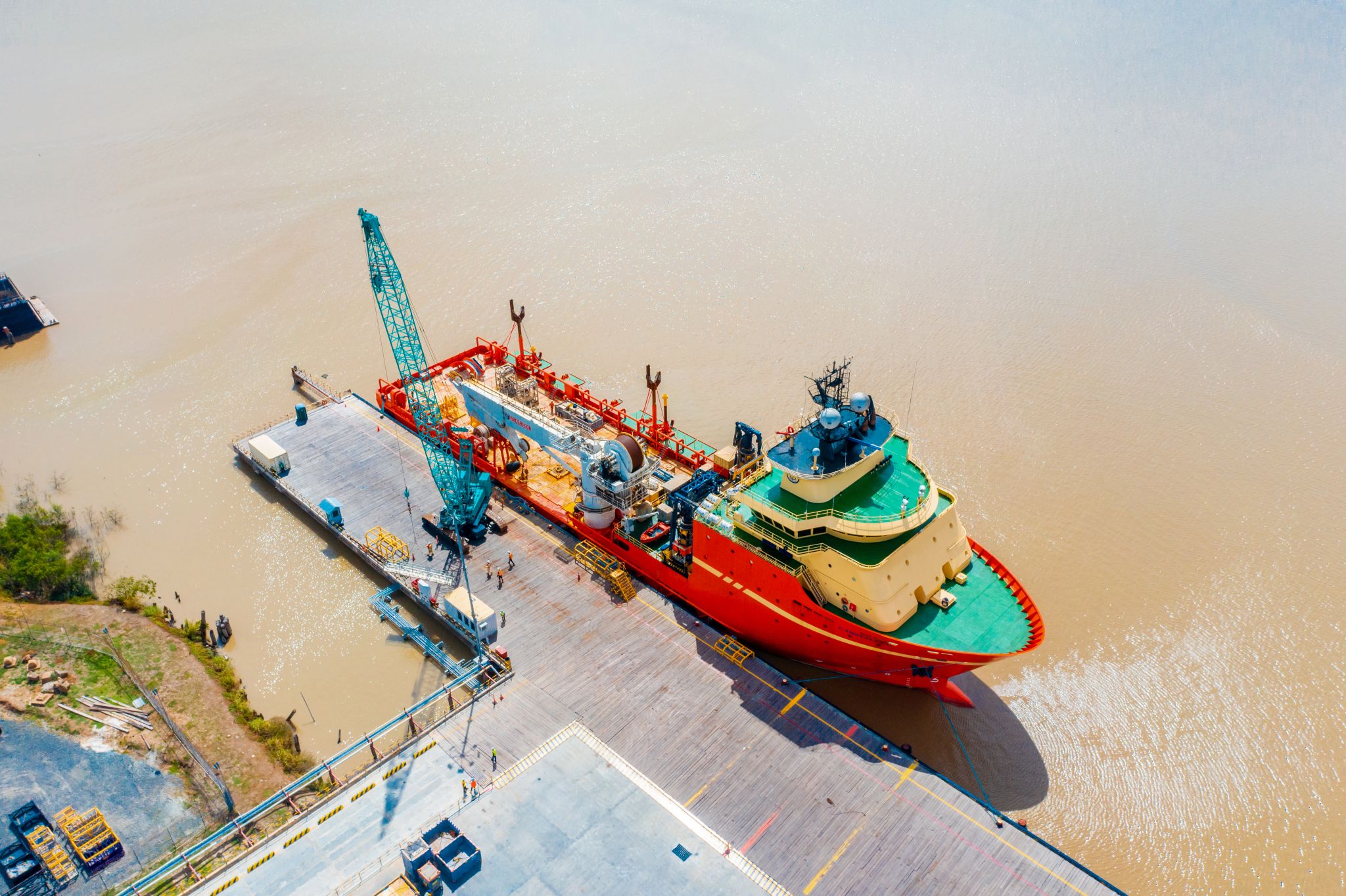Authorities in Guyana have projected that the country will receive close to US$1 billion in oil revenue this year, representing more than three times what it has earned per annum to date from the Liza Phase 1 Development.
During his reading of Guyana’s 2022 national budget on Wednesday, Senior Minister in the Office of the President with responsibility for Finance Dr. Ashni Singh said, “It is estimated that deposits into the [Natural Resource Fund] NRF for 2022 will total US$957.6 million, comprising some US$857.1 million earned from the government lifts of profit oil, and an additional US$100.5 million from royalties.”
For Guyana, this level of revenue from any sector is a gamechanger. To put that into perspective, when Dr. Singh proposed the 2021 budget about this time last year, he announced that it would cost the equivalent of US$1.8 billion.
The projection is a ramp-up from revenues received from the production of oil in the years prior. Since production began in December 2019, and up to the end of 2021, the Fund received US$607.6 million.
That’s US$185.4 million from government’s share of profit oil and US$12.9 million from royalties in 2020; and in 2021, US$357.2 million from Government’s share of profit oil, and US$52 million from royalties.
The increase in projected revenues for 2022 is due to the start-up of the Liza Phase 2 Development, which is expected this quarter.
“With two FPSO vessels expected to be in operation this year, it is anticipated that there will be 94 lifts from the Stabroek Block, 13 of which will be government lifts,” Dr. Singh told Guyana’s Parliament. In comparison, the official related that that period saw 69 lifts being exported from Guyana, of which 9 were for the government.
The Liza Phase 1 project, already in operation, was built with a nameplate capacity of 120,000 barrels per day and averaged just a few thousand barrels short of that in 2021. With the addition of Phase 2, the government projects a total average production rate of 257,000 barrels per day in 2022. Notably, the Phase 2 nameplate is 220,000 barrels per day.
Currently, the NRF holds around US$607 million, some of which will be withdrawn for the first time to partly finance the budget.
“Budget 2022 is the first budget ever to benefit from withdrawals from the NRF, following the historic passage of the NRF Act last December…” Dr. Singh said.
“Pursuant to the provisions to the newly enhanced legal framework set out in the new NRF Act, Budget 2022 projects a withdrawal from the NRF and transfer to the Consolidated Fund of [GYD]$126.7 billion,” he said.
While it has received some criticism for the decision to withdraw this amount, Guyana has been relying on debt for years to finance its budget, and the new government insists that the practice cannot continue to this extent.
The 2022 budget is the largest ever in the country’s history, in terms of expenditure. While the 2021 budget was announced at about US$1.8 billion, the 2022 budget is a little over US$2.6 billion. Even without accounting for the oil revenues, this year’s budget would have been bigger than the last.
The agenda is packed with large developmental projects to respond to modernisation programmes brought on, in large part, by the country’s oil and gas sector. The President, Dr. Mohamed Irfaan Ali, told Guyanese in a virtual address on Tuesday that oil and gas is the key to Guyana’s transformation.



